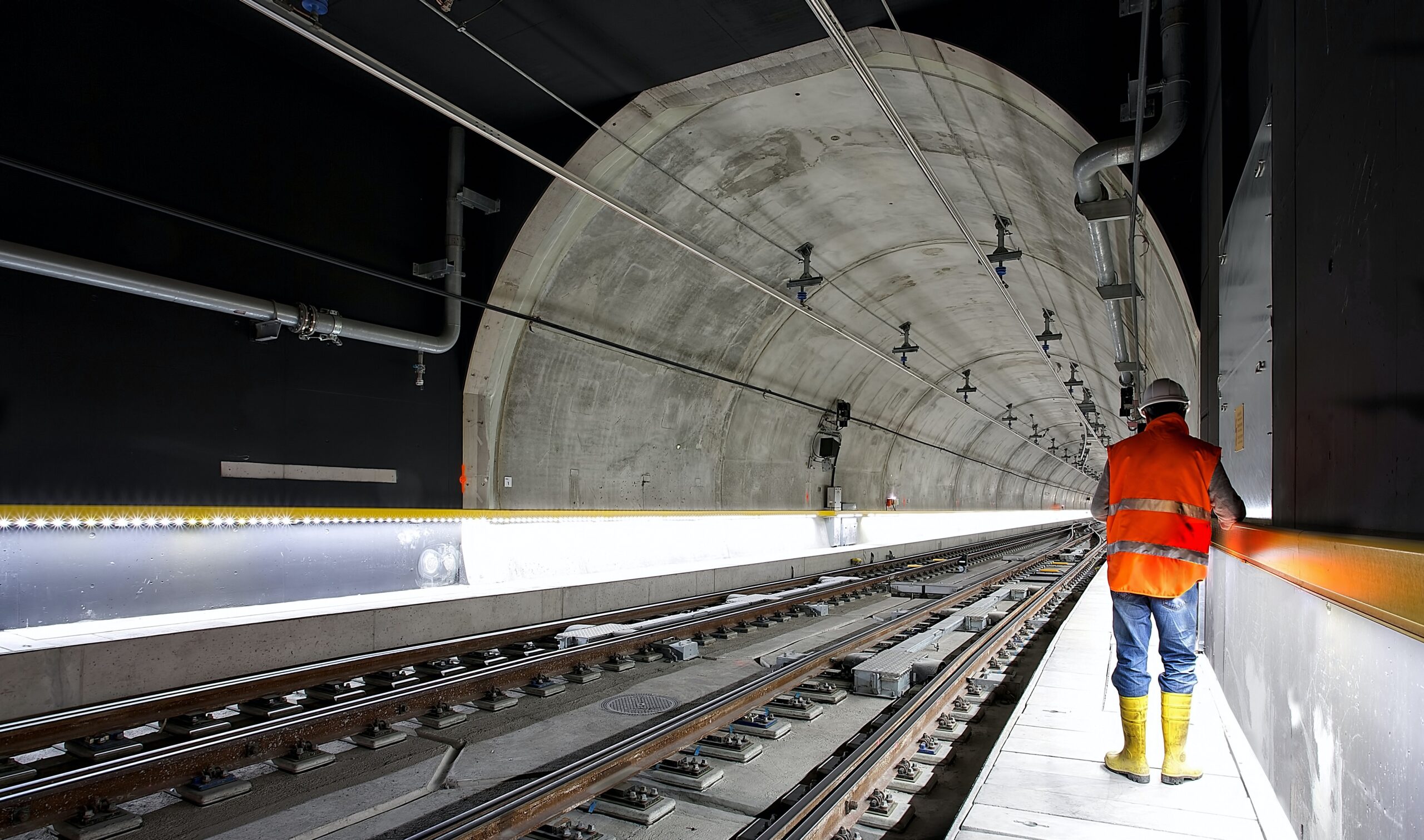Establish performance-based standards as the harmonised norm for cement and concrete
- Develop a harmonised European performance-based standard for common cement, allowing all cement to enter the market upon meeting performance requirements
- Harmonise standards for concrete at EU level to avoid divergent national approaches
- Revise and update cement and concrete testing standards to create a level playing field




